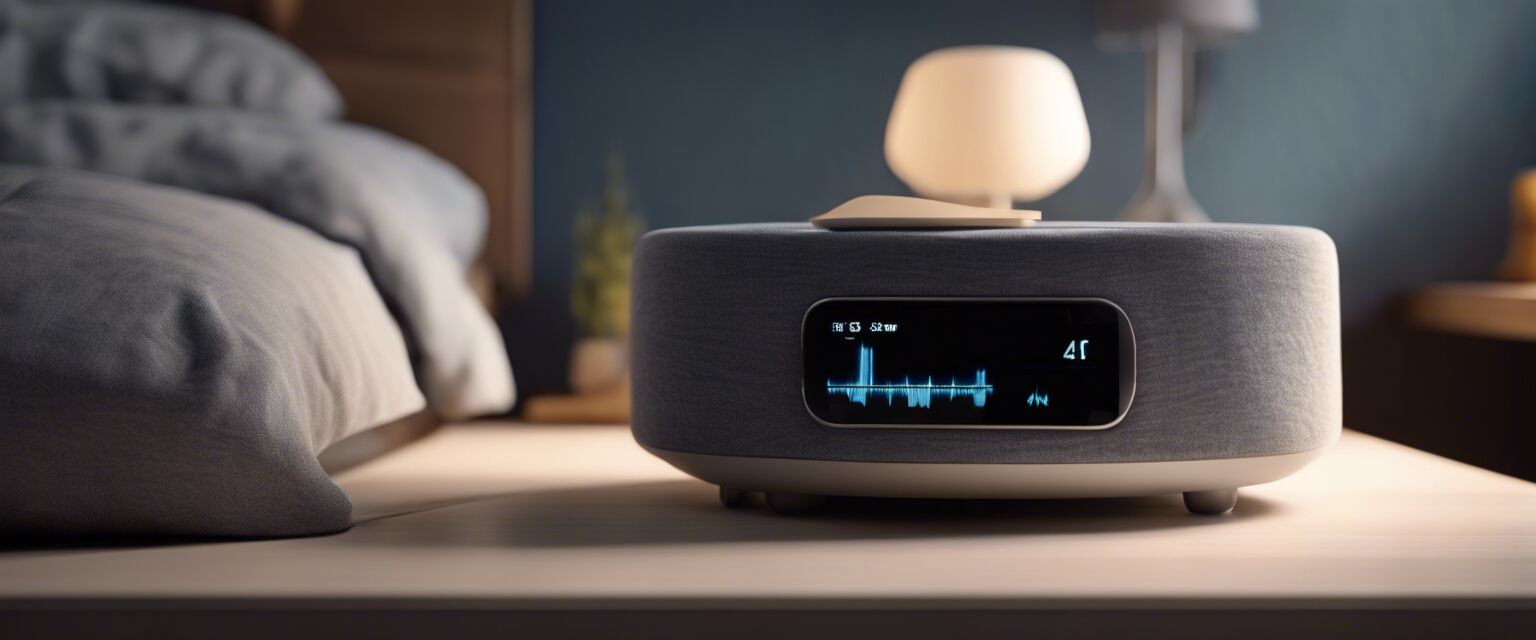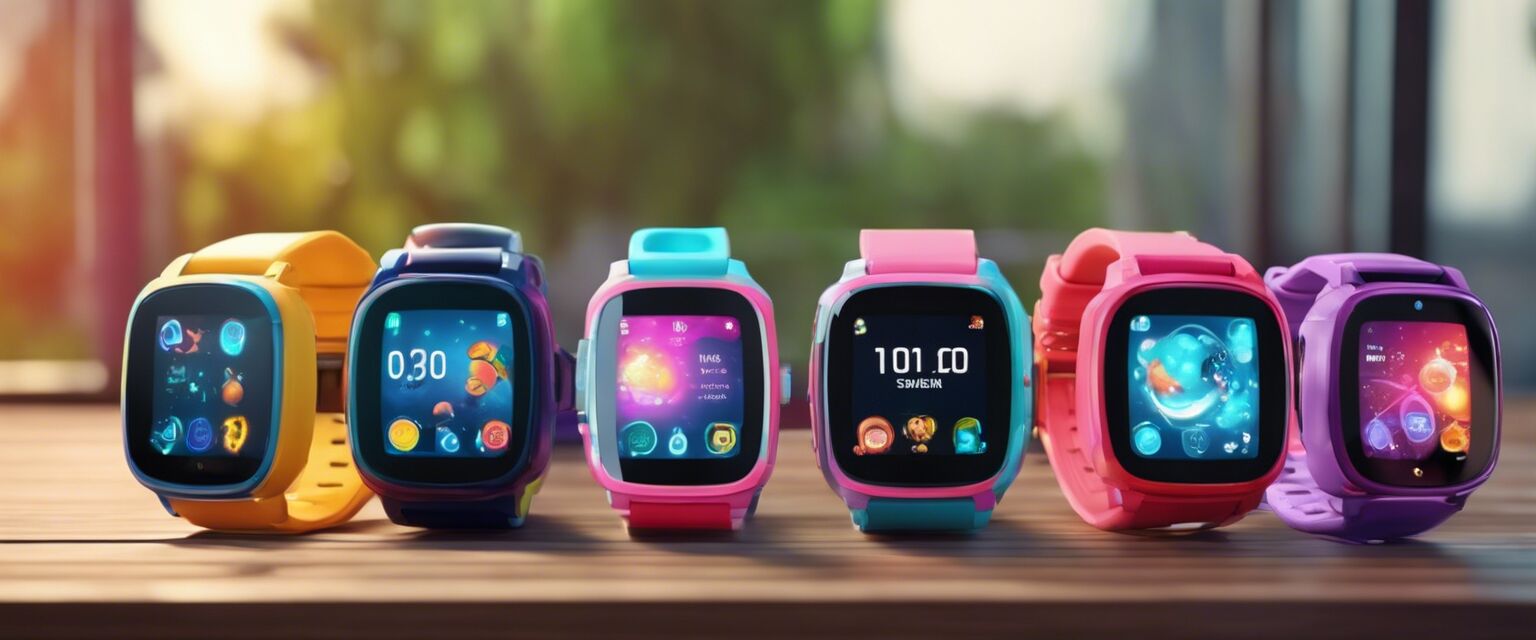
Wearable sleep monitors for kids
Key Takeaways
- Wearable sleep monitors help track sleep patterns and overall health in children.
- Many devices offer additional features like heart rate monitoring and activity tracking.
- Choosing the right device is crucial for comfort and effectiveness.
- Look for devices with good battery life and user-friendly interfaces.
- Parental controls and data privacy are important factors to consider.
As parents, ensuring your child's well-being is a top priority, and understanding their sleep patterns can play a vital role in their health. Wearable sleep monitors for kids have gained popularity as they provide insights into sleep quality, duration, and even health tracking. In this article, we will explore the various aspects of these devices, helping you make an informed decision.
Why use wearable sleep monitors?
Wearable sleep monitors are designed to track your childâs sleep patterns and health metrics. Here are some reasons why these devices can be beneficial:
- Data collection: They provide valuable data on sleep duration, interruptions, and overall sleep quality.
- Health monitoring: Some devices also track heart rate and activity levels, offering a comprehensive view of your child's health.
- Peace of mind: Monitoring sleep can help parents address any sleep issues early on.
Features to look for in a wearable sleep monitor
When purchasing a wearable sleep monitor for your child, consider the following features:
| Feature | Description |
|---|---|
| Comfort | Look for lightweight and soft materials that wonât irritate your child's skin. |
| Battery life | Long battery life is essential for overnight monitoring without frequent recharging. |
| Data tracking | Ensure the monitor accurately tracks sleep patterns and provides insights. |
| App compatibility | Choose devices that sync with user-friendly apps for easy data access and management. |
| Durability | Kids can be rough on devices, so look for options that can withstand wear and tear. |
Top wearable sleep monitors for kids
Here are some popular types of wearable sleep monitors that parents often consider:
| Device Type | Features | Price Range |
|---|---|---|
| Activity Trackers | Tracks activity level, sleep duration, and some health metrics. | $30 - $100 |
| Smartwatches | Multi-functional with sleep tracking, notifications, and games. | $50 - $200 |
| Health Monitors | Focus on health metrics, including sleep, heart rate, and more. | $40 - $150 |
Benefits of using wearable sleep monitors
Using wearable sleep monitors can provide several advantages:
- Improved sleep quality: By identifying sleep patterns, parents can make adjustments to improve sleep quality.
- Health insights: Monitoring health metrics can alert parents to potential issues.
- Encourages responsibility: Kids can learn about the importance of healthy sleep habits.

How to help your child adapt to a sleep monitor
Introducing a wearable sleep monitor to your child can be an adjustment. Here are some tips to ensure a smooth transition:
Tips for beginners
- Start by explaining the benefits of the device to your child.
- Incorporate the device into your child's bedtime routine.
- Encourage your child to personalize their device to make it more appealing.
- Be patient and supportive as your child adjusts to wearing the monitor.
Privacy and security considerations
As with any wearable technology, consider the privacy and security of your child's data. Ensure that the device you choose has robust security features and parental controls. Look for options that provide transparent data usage policies.
Conclusion
Wearable sleep monitors for kids can be a valuable tool for parents wanting to improve their child's sleep and health. By understanding the available features, benefits, and considerations, you can choose the right device to meet your family's needs. Explore our other articles on activity trackers, GPS trackers, and health monitors to find the best solutions for your childâs safety and well-being.
Pros
- Provides valuable sleep insights.
- Encourages healthy sleep habits.
- Some devices offer additional health tracking features.
Cons
- Can be uncomfortable for some children.
- May require regular charging.
- Data privacy concerns can arise.








